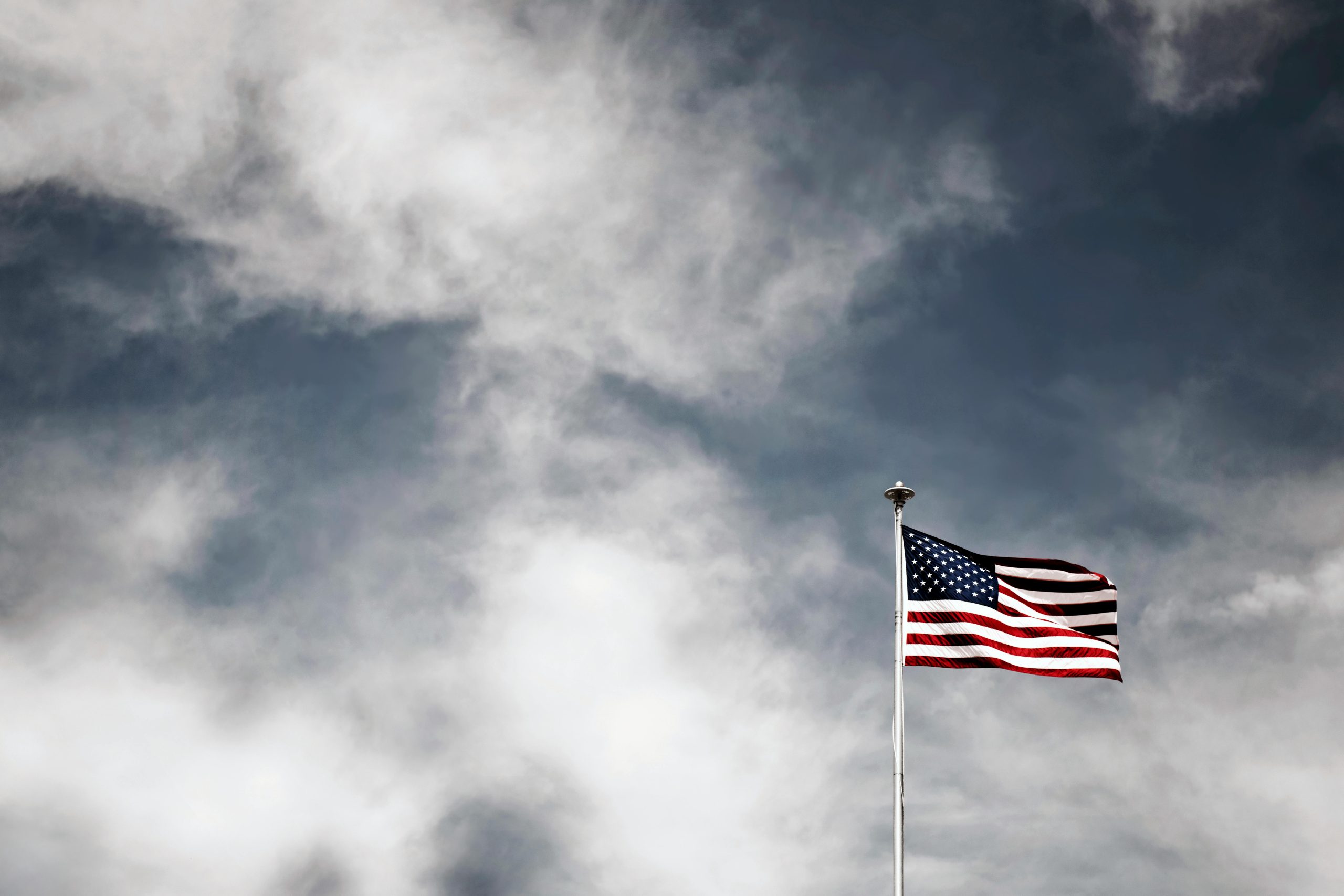The battle for the fate of TikTok in America

In the US, new legal action has recently emerged regarding the TikTok app, which has generated considerable attention and uncertainty about the future of the platform. The Chinese company behind TikTok, ByteDance, filed a lawsuit against the US government after a new law was passed that would essentially ban the use of TikTok in the United States. This has raised a number of questions about internet freedom, user privacy and geopolitical relations between the US and China.
The law, called the “Peace Through Strength in the 21st Century Act,” was passed in late April and has ambitious goals that extend beyond digital platforms. Its passage allows the US president to enact sweeping sanctions against certain countries and officials, while also giving the government the power to use frozen assets to support other countries. Despite the fact that the law was not directly aimed at TikTok, its passage has raised concerns about the future of the popular app.
ByteDance argues that the new law violates the U.S. Constitution and has therefore challenged it in U.S. court. Representatives of the company claim that the required sale of TikTok in the US is not possible from a commercial, technological or legal point of view. The court’s decision could have far-reaching consequences not only for TikTok, but also for other technology companies and platforms operating in the US market.
Experts expect a court outcome after a protracted legal battle that could last several years. This legal process will be crucial for TikTok’s future in the US and may have wider implications for the regulation of digital platforms and the protection of user privacy in the digital environment.
At the same time, there are attempts at the state level, such as in Montana, where a TikTok ban has met with court resistance. A federal district court in Missoula ruled that “the ban could violate the First Amendment to the U.S. Constitution’s freedom of speech.” This litigation demonstrates the complexity of the legal landscape and the conflicting attitudes towards the regulation of digital platforms within individual states.
Photo source: www.pexels.com
Author of this article
WAS THIS ARTICLE HELPFUL?
Support us to keep up the good work and to provide you even better content. Your donations will be used to help students get access to quality content for free and pay our contributors’ salaries, who work hard to create this website content! Thank you for all your support!





OR CONTINUE READING